 The Common Frog is the most widespread species in Europe. They prefer to be in cool, moist conditions under dense foliage where they prey on slugs, snails, worms and insects. They are found in gardens, fields and woods. They do not search for food in the water and do not feed during the mating period.
The Common Frog is the most widespread species in Europe. They prefer to be in cool, moist conditions under dense foliage where they prey on slugs, snails, worms and insects. They are found in gardens, fields and woods. They do not search for food in the water and do not feed during the mating period.In their third year, frogs become sexually mature and in early spring they go to a suitable shallow pond or stream, which is usually where they were bred.
The males arrive first and attract females by emitting a low croaking sound. Taking to the water, the courtship is short as the male attaches himself to the female using the pads on the first digits of the fore legs. She begins to release up to 2,000 eggs and the male simultaneously releases his sperm over the eggs, which must fertilize them before the gelatinous coating swells to form a protective raft( frog spawn).

After 10-20 days, depending on the temperature, the black central egg develops into a tadpole with a yolk sac, which it digests for its initial nourishment.
 After a few days, the mouth, external gills and eyes have formed and more normal feeding can begin on algae in the water.
After a few days, the mouth, external gills and eyes have formed and more normal feeding can begin on algae in the water.At about five weeks old, the hind legs start to grow, as do the lungs, and the tadpole begins to swim to the surface of the water for air. Teeth have developed by now and it adds to its diet with insects and other tadpoles.
At around 10 weeks, the tail starts to be reduced and the fore legs start developing. Four weeks later the metamorphosis is almost complete and the froglet begins to spend time out of the water on rocks and plants. This time scale may be longer in cooler regions or if food is scarce.
From the large amount of eggs produced, only about one to two per cent make it through to adulthood. The total life span of a frog can be about seven to eight years.
 Numbers of frogs have declined in recent years, mainly due to shrinking habitat due to drainage schemes and industrial farming methods. Frogs, as with most wildlife, are protected by the Wildlife and Countryside Act 1981.
Numbers of frogs have declined in recent years, mainly due to shrinking habitat due to drainage schemes and industrial farming methods. Frogs, as with most wildlife, are protected by the Wildlife and Countryside Act 1981.





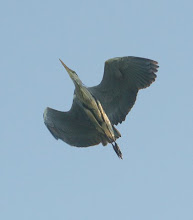

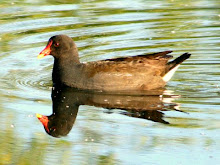

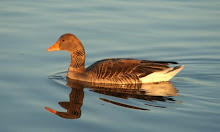







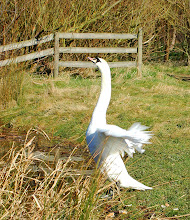
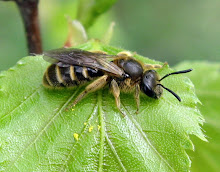
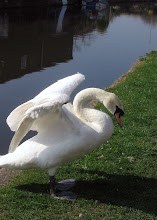

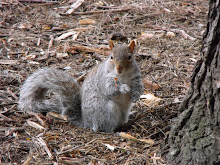
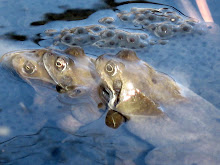
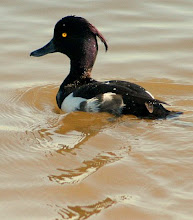

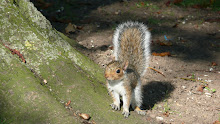
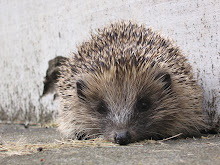
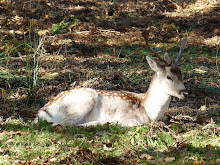
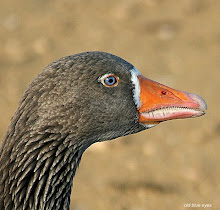



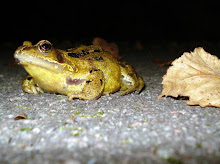
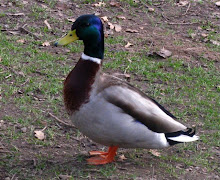
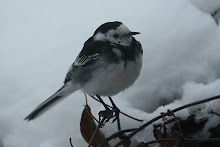
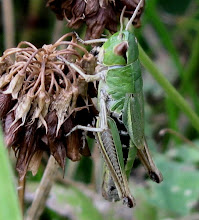
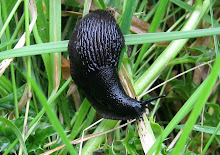
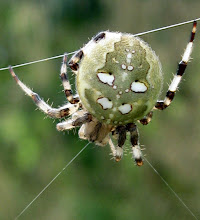
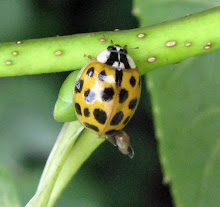


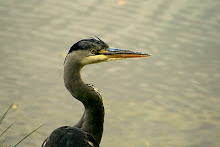
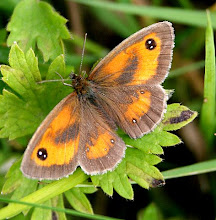

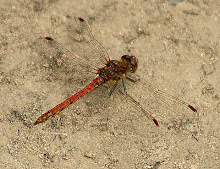






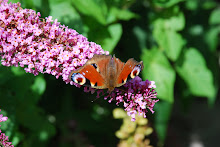


No comments:
Post a Comment